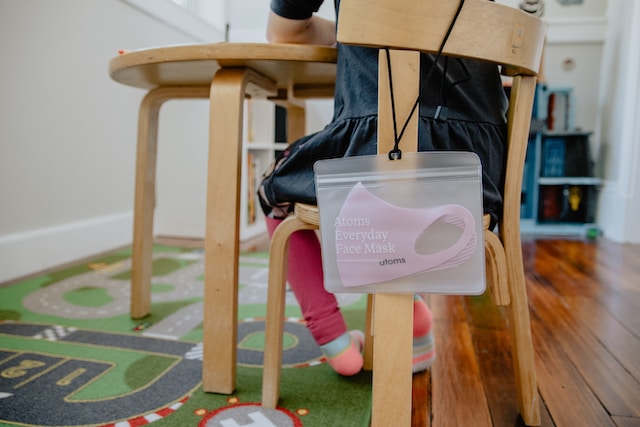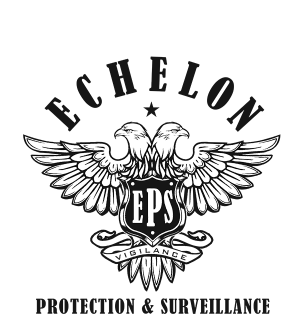 In today’s world, the safety of students and staff in educational institutions is a paramount concern. Schools are not just centers for learning; they are also spaces where the well-being of young individuals must be guaranteed. This responsibility necessitates a comprehensive approach to security, encompassing physical safety, mental health, and emergency preparedness.
In today’s world, the safety of students and staff in educational institutions is a paramount concern. Schools are not just centers for learning; they are also spaces where the well-being of young individuals must be guaranteed. This responsibility necessitates a comprehensive approach to security, encompassing physical safety, mental health, and emergency preparedness.
Comprehensive Security Assessment
The first step in enhancing school security is conducting a thorough security assessment. This process involves identifying potential vulnerabilities in the school’s infrastructure and procedures. Factors such as entry and exit points, visitor management, and emergency response capabilities should be evaluated to determine areas needing improvement.
Secure Entry Points
Controlling access to school buildings is crucial for maintaining a secure environment. Schools should have a single, well-monitored entry point during school hours. Entry doors must be robust and equipped with efficient locking mechanisms. Additionally, installing surveillance cameras at entry points helps monitor and record all activities, deterring unauthorized access.
Visitor Management System
Implementing a strict visitor management system is essential. All visitors should be required to check in and provide identification upon arrival. Visitor badges and a log of all entries and exits help track who is on the premises at all times, enhancing overall security.
Regular Safety Drills and Training
Conducting regular safety drills for various scenarios, including fire, lockdowns, and natural disasters, is vital. These drills ensure that both students and staff are prepared to respond effectively in emergencies. Training sessions on safety protocols, first aid, and crisis management should also be provided to staff members.
Integration of Technology
Utilizing modern technology can significantly enhance school security. Surveillance systems, emergency communication tools, and access control systems are effective in monitoring and managing school safety. Software solutions for threat assessment and incident reporting can also be instrumental in preventing and responding to potential security issues.
Mental Health Support
Addressing mental health is a critical component of school safety. Schools should have counselors and mental health professionals available to students. Programs that promote mental well-being and identify students who may need additional support are essential in creating a safe and nurturing environment.
Building a Culture of Safety
Fostering a culture of safety and respect within the school community is crucial. Encouraging students and staff to report suspicious behavior or potential threats creates an environment where safety is a shared responsibility. Regular communication with parents and guardians about safety measures and protocols also helps in building a community that values security.
Collaboration with Law Enforcement
Establishing a strong relationship with local law enforcement agencies is beneficial for enhancing school security. Police officers can provide valuable insights into security planning and may offer additional resources for training and emergency response.
Continuous Improvement and Evaluation
School security is an ongoing process that requires regular evaluation and adaptation. Feedback from drills, technological advancements, and changing societal dynamics should inform updates to security protocols. Continuous improvement ensures that schools remain equipped to provide a safe learning environment.
Conclusion
Ensuring the safety of students and staff in schools is a multifaceted task that requires diligence, planning, and community involvement. By implementing best practices in security assessment, technology integration, mental health support, and emergency preparedness, schools can create a secure environment conducive to learning and growth. As threats evolve, so must our approaches to school security, always prioritizing the well-being of our young learners.


